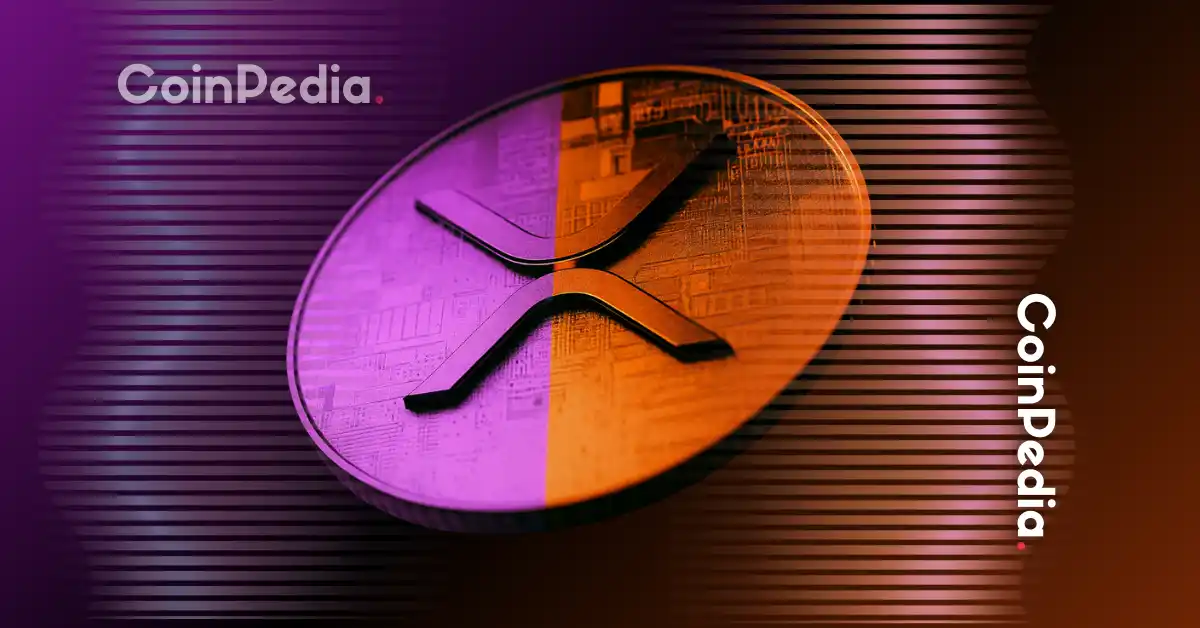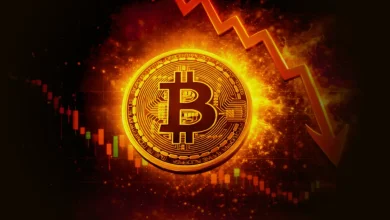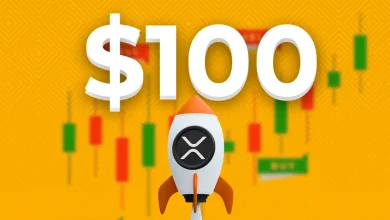
In early 2021, global remittance giant MoneyGram ended its high-profile partnership with Ripple Labs, citing challenges tied to the U.S. Securities and Exchange Commission’s (SEC) lawsuit against Ripple. The lawsuit, filed in December 2020, alleged that Ripple had conducted unregistered securities offerings through its sale of XRP.
At the time, MoneyGram had been one of Ripple’s most prominent partners, using RippleNet and XRP-based solutions for cross-border settlements. However, regulatory uncertainty made it impossible to continue.
“We had a great experience with Ripple,” said MoneyGram CEO Alexander Holmes in an interview with CoinDesk. “But with the changes and the challenge that the SEC put forward, it was very difficult for us to continue in that relationship. We both agreed to move on.”
Why Stellar Was the Next Choice
MoneyGram later turned to Stellar (XLM), a blockchain co-founded by Jed McCaleb, who was also one of Ripple’s original founders. According to Holmes, Stellar’s offering was fundamentally different from Ripple’s, with a focus on consumer-facing solutions and stablecoin integration.
“Ripple product was very different,” Holmes explained. “Ripple tends to focus on the back-end, cross-border funds flow through RippleNet. Stellar approached us with a front-end consumer model — the ability to operate between fiat and stablecoins. It was a great idea, and we wanted to be proactive and progressive in blockchain innovation.”
This shift allowed MoneyGram to pilot on/off-ramp services for USDC stablecoin, making it easier for consumers to convert between digital assets and fiat currencies across multiple countries.
“Stellar and Ripple can complement each other in unique ways,” Holmes said. “They both have strengths in bridging the gap between traditional finance and blockchain.”
XRP Growth Drivers Post-Lawsuit
After years of courtroom battles, the long-running Ripple vs. SEC lawsuit officially ended in August 2025. The resolution marked a turning point for the crypto industry and immediately lifted market sentiment.
With legal uncertainty finally behind it, Ripple is focusing on real-world adoption. Current growth is being fueled by:
- Expansion of new payment corridors
- Rising stablecoin adoption
- More tokenized assets launched on the XRP Ledger (XRPL)
The end of the lawsuit also removed a major source of selling pressure and chart manipulation, giving XRP more room to trade based on market demand and utility.
Price Performance
XRP has shown strength since the ruling. The token broke out from its previous range near $2.80 and climbed above $3.20. Meanwhile, Ripple continues to build momentum on the business front. The company recently extended its digital asset custody partnership with BBVA, adding a new retail service in Spain.
Trust with CoinPedia:
CoinPedia has been delivering accurate and timely cryptocurrency and blockchain updates since 2017. All content is created by our expert panel of analysts and journalists, following strict Editorial Guidelines based on E-E-A-T (Experience, Expertise, Authoritativeness, Trustworthiness). Every article is fact-checked against reputable sources to ensure accuracy, transparency, and reliability. Our review policy guarantees unbiased evaluations when recommending exchanges, platforms, or tools. We strive to provide timely updates about everything crypto & blockchain, right from startups to industry majors.
Investment Disclaimer:
All opinions and insights shared represent the author's own views on current market conditions. Please do your own research before making investment decisions. Neither the writer nor the publication assumes responsibility for your financial choices.
Sponsored and Advertisements:
Sponsored content and affiliate links may appear on our site. Advertisements are marked clearly, and our editorial content remains entirely independent from our ad partners.







